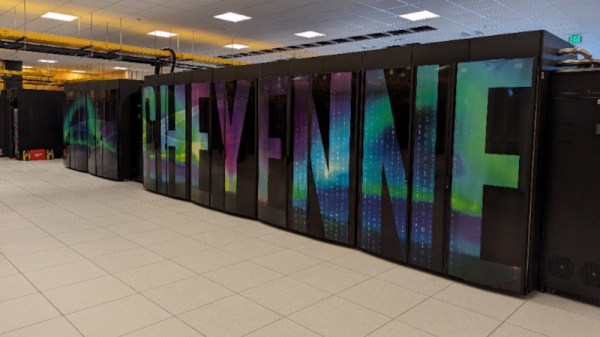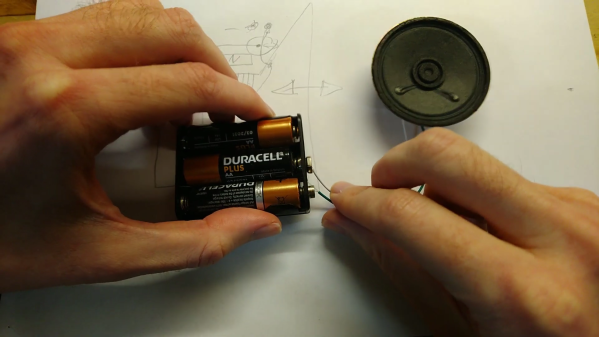If you ever wondered just what it takes to build a modern device like a phone, you should have come to last year’s Supercon and talked with [Jose Angel Torres]. He’s an engineer whose passion into investigating what makes modern devices tick is undeniable, and he tells us all about where his forays have led so far – discovering marvels that a Western hacker might not be aware of.
Six years ago, he has moved to China, having previously been responsible for making sure that their Chinese subcontractors would manufacture things in the right ways. Turns out, doing that while being separated by an ocean set up more than just the timezone barriers – they were communicating between different worlds.
[Jose] tells us of having learned Chinese on the spot, purely from communicating with people around him, and it’s no wonder he’s had the motivation! What he’s experienced is being at the heart of cycle of hardware life, where devices are manufactured, taken apart and rebuilt anew. Here’s how he tapped into that cycle, and where he’s heading now.
Continue reading “Supercon 2023: Jose Angel Torres On Building A Junkyard Secure Phone”


















